Search for lenses, articles and help
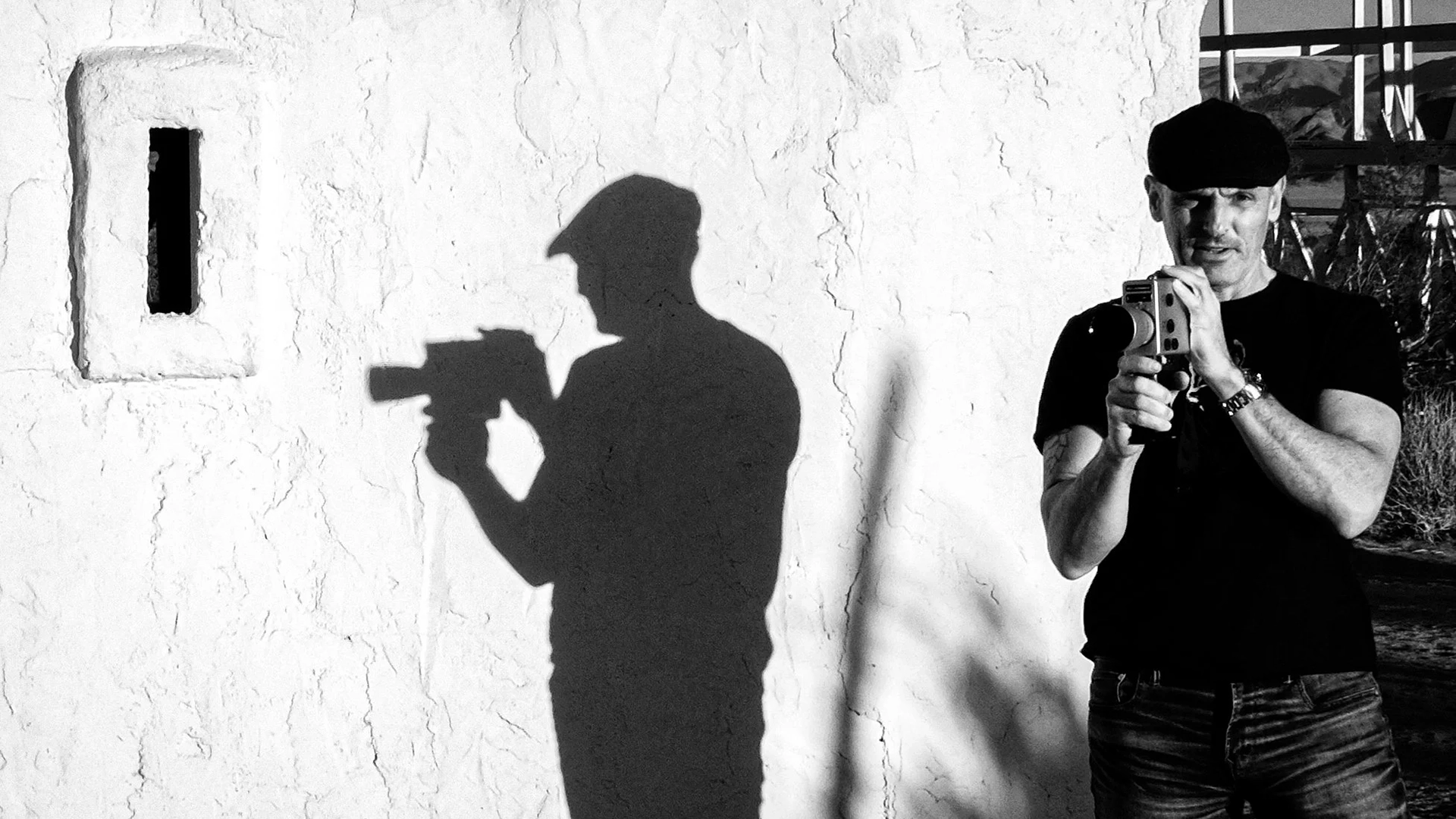
John Decker’s journey as a visual storyteller embodies the evolving landscape of modern filmmaking. An award-winning photographer and filmmaker based in the New York area, Decker’s work centres around what he describes as “simple, human stories that connect us to each other.” With a fine arts background from Mason Gross School of the Arts and photography training from the International Centre of Photography, his recent projects have garnered significant recognition, including a 2024 Individual Artist Fellowship from the New Jersey State Council on the Arts and multiple festival selections for his documentary ‘Marjorie Eliot’s Parlor Entertainment Harlem.’

‘Portrait of a Monastery’ on Cooke SP3
It was during his latest project, ‘Portrait of a Monastery,’ that Decker discovered what he calls a “godsend” in Cooke’s SP3 lenses and unexpectedly unlocked new creative possibilities that extend far beyond traditional cinema applications.
Decker’s approach to equipment selection reflects his contemplative artistic philosophy. Having spent years visiting a monastery, he found himself unconsciously taking a scouting approach to visits and observing light patterns. “I’m both a photographer and a filmmaker, so I’m constantly paying witness to all this beauty, thinking, ‘there’s a film in here somewhere,'” he explains.
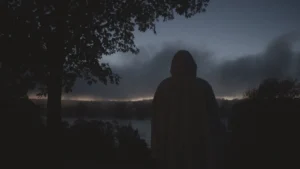
‘Portrait of a Monastery’ on Cooke SP3
When the opportunity arose to create the ‘Portrait of a Monastery’ documentary, Decker faced a unique challenge: he would be working entirely solo, spending extended periods filming in a minimalist environment without crew support.
“I had done a lot of research in terms of trying to figure out what the best camera paired with the right lenses would be to translate this story. And I immediately thought of Cooke because I had made a short documentary film a couple years ago about a Harlem jazz musician, and we shot with the Cooke Anamorphic/i FF lenses paired with an Arri Alexa LF. And I was originally thinking Arri and Cooke, but I wanted lensing that I could work with without a focus puller and without a crew and so the SP3 were kind of a godsend. I saw an ad and I had to almost read it twice, thinking, ‘is this the weight? Are these E mount lenses? Are they really that small?’”
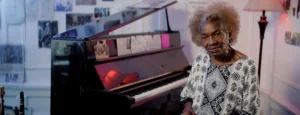
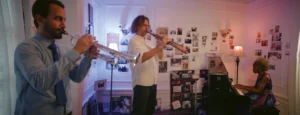
‘Marjorie Eliot’s Parlor Entertainment Harlem’ documentary
Decker’s background as a Leica M series photographer and a surfer lent him an immediate parallel. “The SP3s reminded me of a slightly larger version of the M series. I’m a surfer and you can never try out a surfboard when it’s on the rack. So you sort of look at the specs, and you look at the rails and you look at all the details that make up the shape of the surfboard and you kind of try to picture in your mind how that’s going to feel, how it’s going to ride, how it’s going to turn and perform. When I picked up the Cooke lens, it was this instant connection. It’s very hard to articulate, but it’s the only way I could sum it up. I instantly knew these were the right lenses for this project.”
Cooke’s design philosophy for the SP3s supports owner-operators such as Decker. The lenses feature focus and iris markings positioned on top rather than the side, extended gear mechanisms for easy manual focus pulling in varied weather conditions and a compact form factor that bridges still lens ergonomics with cinema functionality.
More importantly for Decker, they delivered the aesthetic he sought: “They mimic the Panchros in such a beautiful way – I’ve always just loved that sort of warm, organic feel that came along with those lenses and it was just the perfect fit for this project.”
What happened next transformed Decker’s understanding of the equipment’s possibilities. “Right after I made that decision, I thought ‘wait, these are E-Mount… I could take photographs with these… is anyone doing that?'”
Following the completion of his monastery documentary, Decker tested the SP3s for still photography with some musicians. The results exceeded his expectations: “As soon as I opened those files, I just knew there was some sort of alchemy happening here.”
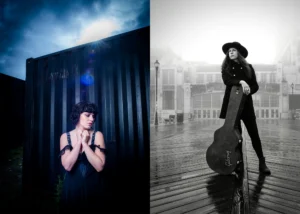
Musicians Emily Grove and Renee Maskin
“On another test shoot, I walked across the street to the beach, and it was midday sun and the lighting was pretty flat. Yet with just a handful of shots I was able to capture a few images that excited me. The water was gathering in the rocks along the sea and reflecting the sun and so I just thought ‘let’s see how this flares – let’s see how this handles this sort of situation.’ It had its own inherent beauty which was only because of the look of the lens and the character of the lens that drove me to see in that way. I started seeing a window into the Speed Panchro view basically!”

Decker’s beach test with SP3
The breakthrough moment came during an impromptu storm; living four stories above the Atlantic Ocean, Decker captured a single exposure with a 50mm SP3 during dramatic weather conditions. “When I went to the card and I saw there was this one image, I immediately felt that I was working on a film capture. I took it to black and white and it felt more like a film capture than a digital capture. So much so that I’ve put it as my screensaver and every time I open it more possibilities come into my imagination for how I can best serve this look and how could this look serve my photography.”

An impromptu storm captured from four stories above the Atlantic Ocean
Decker’s background in contemplative photography aligns naturally with the lenses’ manual operation and rendering characteristics. “I love the fact that they’re manual. I love the fact that I can slow down but this doesn’t mean you work slower. Having done street photography for years… if you’re seeing it, you’re able to capture it. I’m not one of these photographers or cinematographers who shies away from those sorts of aberrations, instead I embrace them. To me it’s a filmic look that resonates with me.”
“I find that the way these lenses render space is unique. it creates a separation that I haven’t been able to find in any other lens. I like to be wide open and I feel as though the fall off around the edges of the subject becomes very painterly very quickly and almost in an anamorphic way.”

Decker’s diverse portraiture work – Sara Abdelbarry and Jim Golden
The experience has rekindled his artistic curiosity: “It’s almost as if my imagination is going deeper because as I’m landing on things that I’ve discovered over the course of the year. With these lenses I’m able to perceive the world in a different way. If I could conjure up a lens that would best suit my imagination, it would be these lenses.”
In an industry increasingly defined by versatility and creative adaptation, Decker’s story demonstrates how the right tools can unlock not just technical capabilities, but entirely new ways of seeing and creating.
“For me it’s just been about possibilities,” Decker concludes. “I’m wildly excited about the possibilities of where I can go with this. But again, I’m just scratching the surface.”
John Decker’s work can be viewed at johndecker.com
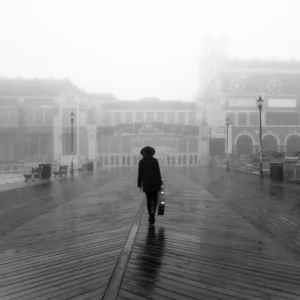
Renee Maksin